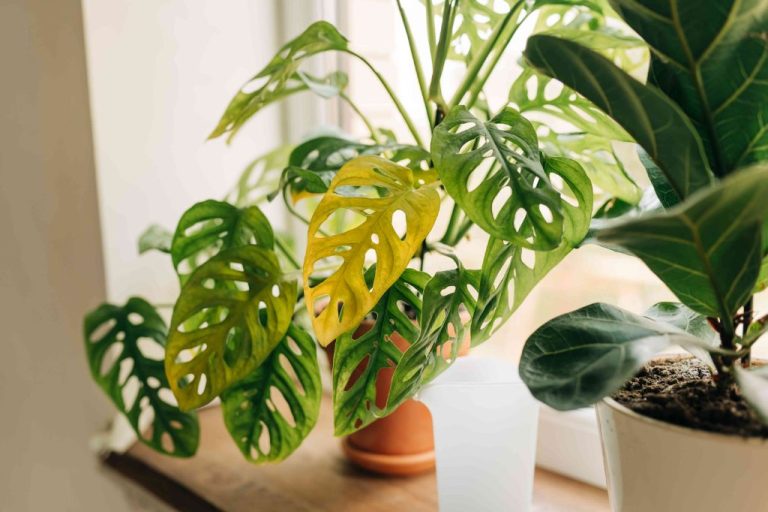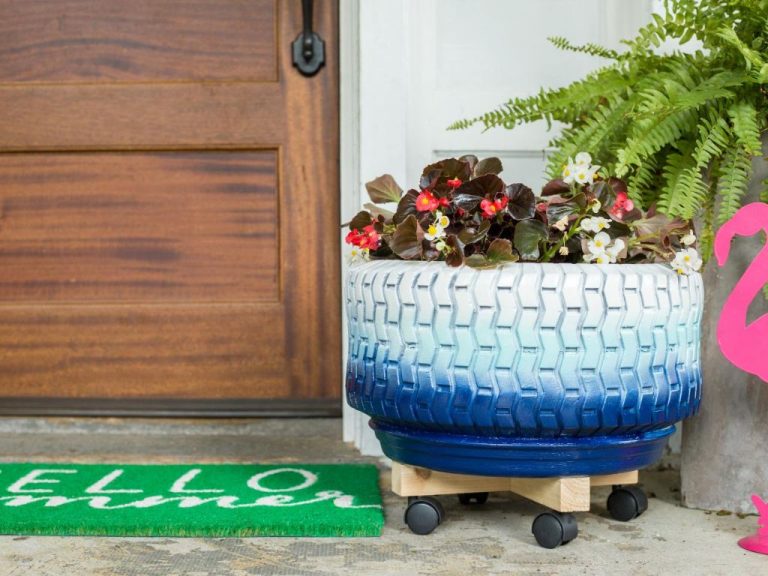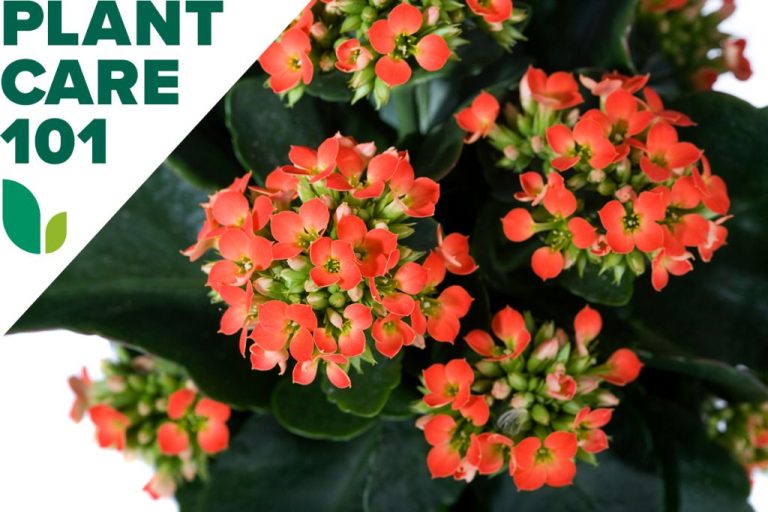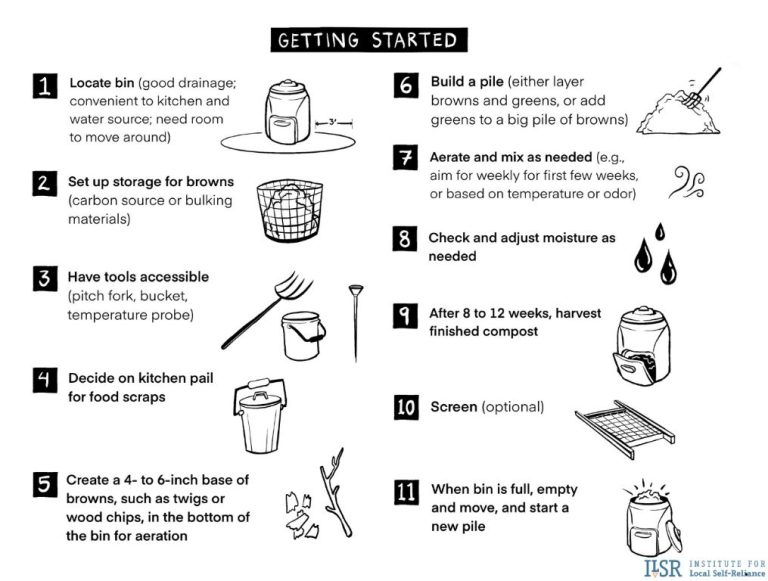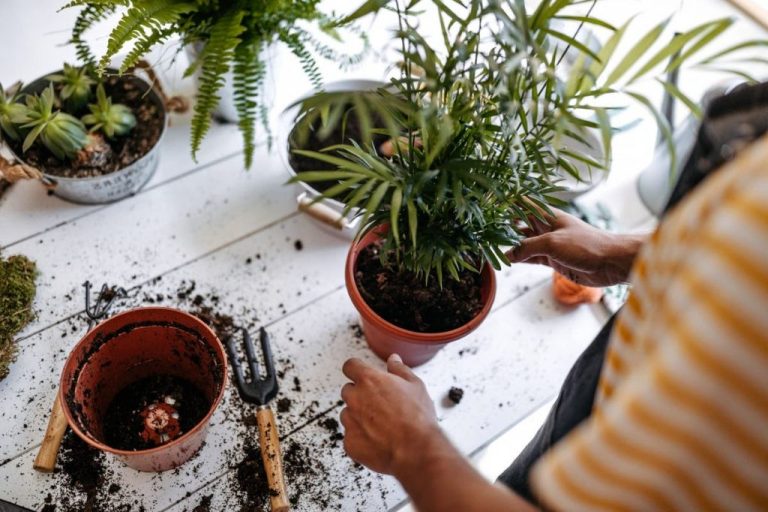Comprehensive Guide To Caring For Succulents Indoors
Succulents are increasingly popular houseplants due to their low maintenance needs and visually appealing shapes and textures. Growing succulents indoors provides numerous benefits for both you and your home.
Some key benefits of growing succulents indoors include:
- Purifying the air – Succulents absorb CO2 and release oxygen, helping improve indoor air quality (1).
- Adding color and visual interest to any space with their unique shapes and textures.
- Requiring very little care – Just occasional watering and some sunlight is enough for most succulents to thrive.
- Being low maintenance houseplants that can tolerate beginner’s mistakes.
- Bringing nature indoors even in colder climates where outdoor gardening isn’t possible year-round.
Some of the most common types of succulents that do well as houseplants include jade plants, echeveria, aloe vera, haworthia, and senecio. In general, succulents prefer warm temperatures, plenty of sunlight, well-draining soil, and infrequent watering. Caring for succulents indoors primarily involves providing the right potting mix, drainage, light exposure, and watering regime. With their adaptability and resilience, succulents can add beautiful, exotic greenery to any indoor space when their basic needs are met.
(1) https://www.succulents.net/7-benefits-growing-succulents-home/
Choosing the Right Succulents
When selecting succulents to grow indoors, it’s important to consider the specific needs of each variety in terms of light, space, and growth habits. Some of the most common indoor succulent varieties include:
Jade Plant (Crassula ovata)- One of the easiest succulents to grow indoors. Tolerates low light and infrequent watering. Grows in compact rosettes with thick, rounded leaves. Great for beginners. (Source)
Panda Plant (Kalanchoe tomentosa) – Requires bright light. Grows quickly with furry green leaves tipped in brown. Fun, fuzzy texture. Stays compact. (Source)
Snake Plant (Sansevieria trifasciata) – Tolerates very low light. Features stiff, upright leaves in shades of green with yellow edges. Slow growing and low maintenance. Ideal for corners. (Source)
When choosing the right succulents, it’s important to match the plant to the light and space available. Slow-growing, low-light varieties like jade and snake plants are great for darker spots. Sunny windows suit fuzzy panda plants. Plant growth habits range from low, rosette forms to trailing or upright shapes.
Providing Proper Lighting
Many factors go into successfully providing proper lighting for succulents grown indoors. Most succulents require bright, direct light for at least 6 hours per day, although some species can tolerate lower light conditions. According to the article https://www.thespruce.com/how-much-light-do-succulents-need-5224441, succulents grown in low light tend to etiolate, becoming elongated and pale. This is why maximizing light exposure is so important when growing succulents as houseplants.
There are several effective strategies for providing adequate lighting indoors. Using south or west-facing windows is ideal, as they receive the most direct sun exposure. Placing succulents on window sills helps them soak up as much natural light as possible. Rotating plants frequently ensures all sides receive equal light distribution. Supplementing with artificial grow lights can boost illumination. According to https://planetdesert.com/blogs/news/things-to-know-for-growing-succulents-under-artificial-or-grow-lights, LED or fluorescent grow lights placed close to the plants work well. Aim for 12-16 hours under grow lights if relying on them as the sole light source.
With the right combination of natural and supplemental lighting, it is possible to successfully grow healthy succulents indoors. Do research on the specific light requirements for the succulent species you wish to grow. Pay close attention to signs of etiolation and adjust lighting as needed. With a bright indoor environment, your succulents will thrive.
Using the Right Soil and Planters
Choosing the proper potting mix is vital for growing healthy succulents indoors. Succulents prefer a porous, well-draining soil that allows air to easily reach the roots. Commercial cactus and succulent soil mixes work well, but you can also make your own by mixing equal parts of potting soil, coarse sand, perlite or pumice.
According to Mountain Crest Gardens, a good succulent potting mix contains 1/3 organic matter such as compost or coco coir for moisture retention and 2/3 inorganic materials like sand, perlite or pumice to keep the soil from compacting and improve drainage. Some gardeners recommend adding small gravel or chicken grit for additional texture.
Whatever potting mix you use, it should dry out in just a few days after watering. Slow draining soil will lead to rot and other issues. If needed, amend regular potting soil by adding more perlite, sand or gravel to improve drainage.
For planters, choose containers with drainage holes so excess water can easily escape. Terra cotta pots work especially well as they help wick away moisture. Match pot size to the plant’s roots and avoid oversized containers, which hold too much moisture around the roots.
Watering Techniques and Schedules
Succulents are drought tolerant plants that store water in their leaves, stems and roots, so they don’t need frequent watering. However, it’s still important to develop a proper watering schedule to keep your succulents healthy and prevent rotting.
Signs that your succulent is underwatered include shriveled, wrinkled leaves, dry crispy lower leaves, and dull or drooping appearance. Overwatered succulents may turn translucent, mushy or appear swollen. The leaves may start falling off or turning yellow.1
For indoor succulents, it’s best to wait until the soil has completely dried out before watering again. This may take 1-2 weeks on average. Water deeply until it runs out the drainage holes, then let the excess drain away. Take care not to get water on the leaves to prevent rot.1
During the darker winter months, cut back to watering every 2-3 weeks. In hot or dry environments, you may need to water as often as every 5-7 days. Get to know your specific plants and adjust as needed. Bottom watering and using well-draining soil can help prevent overwatering.
Humidity and Temperature Needs
Succulents prefer relatively dry air and do best with 40-50% humidity according to experts (https://thenextgardener.com/blogs/news/how-humidity-affects-succulents). High humidity can lead to rotting and fungal diseases. The ideal temperature range for most succulents grown indoors is 65-75°F during the day and 50-55°F at night.
To maintain proper humidity levels indoors, make sure the room has adequate airflow and ventilation. Avoid overcrowding plants. Use a humidifier or dehumidifier as needed to keep humidity within the 40-50% range. Mist plants occasionally using room temperature water rather than cold water to avoid temperature shock.
Monitor indoor temperatures with a thermometer and adjust heating/cooling as needed to keep daytime temperatures around 70°F and nighttime temps around 50°F. Move plants away from drafty windows or vents in the winter. Provide grow lights and supplemental heating from below to maintain warmth if needed. Avoid placing plants in hot spots near heaters, appliances, or direct sunlight streaming through windows.
Providing Nutrients
While succulents are adapted to thrive in nutrient-poor soils, providing some supplemental fertilizer can promote healthy growth, especially during the active growing season. The best time to fertilize succulents grown indoors is during the spring and summer months. Avoid fertilizing in the fall and winter when growth naturally slows.
Look for a balanced fertilizer with an NPK ratio around 5-10-5, as too much nitrogen can cause succulents to become elongated and leggy. Only fertilize at half strength every 2-3 months to avoid buildup. Water thoroughly before and after applying fertilizer. Organic options like compost tea, worm castings, or slow-release pellets tailored for cacti and succulents are gentler alternatives.
Signs that your succulent may need more nutrients include slowed growth, leaf yellowing or browning, leaf drop, and lackluster color. But hold off on fertilizing if the succulent looks otherwise healthy, as overfertilization can also cause leaf burn, root damage, and susceptibility to pests.
With the proper soil, lighting, and watering, succulents can thrive indoors for years with only an occasional dose of fertilizer. Pay close attention to your plants, provide nutrients judiciously, and avoid overfeeding.
Pruning and Maintenance
Proper pruning and maintenance is important for keeping your indoor succulents healthy and encouraging new growth. Succulents are best pruned in the spring, during their active growing season. This is when the plant can recover more quickly from pruning wounds. You can use clean, sterilized scissors or garden shears to prune succulents 1.
Look for any dead, damaged, or diseased growth and prune those parts off first. Then prune off any stretched out or excessive growth to shape the plant and encourage more compact growth. Always make clean cuts and avoid leaving stubs. It’s better to cut off single leaves rather than cutting an entire stalk or stem. Leaves that are pruned can be propagated to make new plants.
Routine grooming and cleaning is also important. Carefully remove any fallen or dried up leaves from the soil, as these can attract pests and diseases. Gently wipe leaves periodically with a damp cloth to keep them free of dust. This helps maximize light absorption for photosynthesis. An occasional gentle spray of water can help remove built up dust as well.
With proper pruning and regular grooming, your indoor succulents will continue to thrive and grow for many years.
Troubleshooting Common Issues
Even with the best care, succulents may run into problems. Being able to properly identify and treat issues is key to keeping your plants happy and healthy.
Signs of stress in succulents include leaves turning yellow, brown, or mushy, leaves dropping off the plant, soft or shriveled leaves, brown spots on leaves, and a stretched out appearance. Common causes of these issues include overwatering, underwatering, improper sunlight, pests, and diseases.
Overwatering is one of the most common problems with indoor succulents, causing rot, fungal issues, and root death. Allow the soil to fully dry out between waterings and ensure the pot has drainage holes. Underwatering leads to dried out, shriveled leaves. Water thoroughly when the soil is completely dry. Too much sunlight leads to sunburn, while too little light causes etiolation or stretched growth. Rotate plants and gradually expose them to increased light levels.
Mealybugs, spider mites, and fungus gnats are common succulent pests. Isolate infected plants and use an insecticidal soap or neem oil spray for treatment. Root rot fungus thrives in wet conditions. Allow soil to dry between waterings and repot plants in fresh, well-draining soil if fungal rot persists.
With prompt identification and proper care techniques, most common succulent problems can be resolved. Just remember to adjust watering frequency, sunlight exposure, drainage, and watch for any pests or diseases.
Sources:
https://hortnews.extension.iastate.edu/common-problems-and-issues-succulents
https://succulentsbox.com/blogs/blog/troubleshooting-common-problems-for-succulents
Creative Display Ideas
Succulents can transform any indoor space into a beautiful living work of art. Get creative with different vessels and arrangements to showcase these plants in style.
Some of the most visually appealing arrangements utilize a mixture of varieties and textures. Combine rosette-shaped echeverias with tall, columnar cacti and trailing succulents for visual interest. Mixing in different shades of green as well as blue, red, orange, purple and other colors creates a lively, vibrant look.
Almost any container can be used to hold succulents, from traditional terra cotta pots to repurposed items. Ceramic bowls, glasses, mugs, and dishes allow you to create unique planters. For a rustic look, display in unfinished wooden boxes, crates, and barrels. Succulents also look great planted in baskets, lanterns, urns, and garden globes.
To make a stunning succulent wall arrangement, plant individual rosettes and cuttings in a vertical frame or directly onto boards covered with moss. Over time, they will spread to create a living art piece. For tabletop or shelf displays, consider planting succulents together on tray surfaces covered with pebbles or sand.
With a little creativity, the possibilities for showcasing succulents indoors are endless. Take inspiration from nature, play with color and texture combinations, and make use of what you have at home for original and eye-catching displays.
Source: https://www.cascadefloralwholesale.com/how-to-decorate-your-home-with-succulents/

